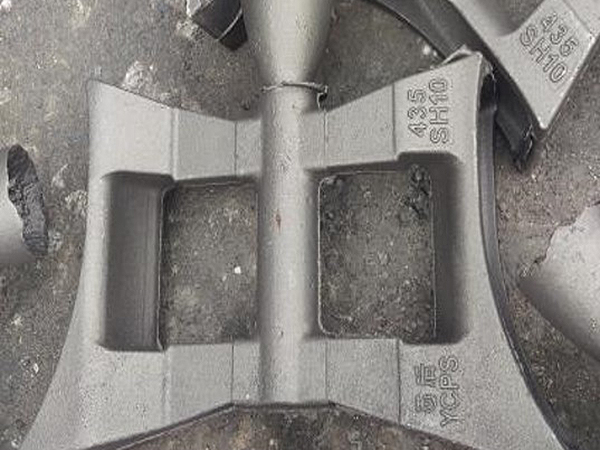Sand Used in Foundry An Essential Component of Metal Casting
Sand has been a fundamental material in the foundry industry for centuries. Its importance cannot be overstated, as it plays a crucial role in the casting process—the method of creating metal parts by pouring molten metal into molds. This article explores the types of sand commonly used in foundries, their properties, and how they influence the quality of castings.
Types of Sand
The most commonly used type of sand in foundries is silica sand, primarily composed of quartz. Its high melting point, durability, and availability make it an ideal choice for metal casting. There are two main types of silica sand used green sand and dry sand.
Green Sand This is a mixture of silica sand, clay, and water. The clay serves as a binding agent, allowing the sand grains to stick together, while the water helps maintain the desired moisture content. Green sand molds are compact and provide excellent strength for casting. They are typically used for ferrous and non-ferrous metals, enjoying widespread acceptance due to their affordability and ease of use.
Dry Sand In contrast, dry sand is a mixture that contains sand and a binder without moisture. This type of sand is used in making molds that require a more precise finish and dimensional accuracy. Dry sand molds are often employed in high-production settings and for intricate designs where surface quality is paramount.
Another notable type of sand is chromite sand, which is used for casting applications requiring high thermal resistance. Its unique properties help improve the quality of castings, especially when working with alloy steels. There are also specialty sands such as olivine sand and zircon sand, which are utilized in specific applications due to their unique characteristics.
Properties of Foundry Sand
sand used in foundry

The effectiveness of sand in the casting process is determined by its properties. Key characteristics include grain size, shape, and distribution.
Grain Size The size of the sand grains can significantly influence the mold's ability to retain detail and withstand the pressure of the molten metal. Fine grains create smoother surfaces but can lead to issues with permeability. On the other hand, coarser grains offer better permeability but may result in rougher surfaces.
Grain Shape The shape of the sand particles affects the packing density and strength of the mold. Angular grains tend to interfere with one another, leading to better compaction and mold strength. Conversely, rounded grains are easier to handle but may not provide the same structural integrity as angular ones.
Permeability It is crucial for the sand to allow gases to escape during the pouring process. If gases cannot vent adequately, they can become trapped in the casting, leading to defects such as blowholes. Thus, the right balance between grain size and distribution is vital for ensuring proper permeability.
Environmental Considerations
In recent years, the foundry industry has faced increasing scrutiny regarding environmental sustainability. The extraction and processing of sand contribute to ecological disturbance, while some traditional foundry sands can lead to hazardous waste. Consequently, many foundries are actively seeking eco-friendly alternatives. This includes recycled sand from other industries or synthetic sands that minimize environmental impact without compromising performance.
Conclusion
In summary, sand is an essential material in the foundry industry, playing a pivotal role in the metal casting process. Its various types—green sand, dry sand, chromite sand, and specialty sands—each offer unique properties that influence the mold's strength, permeability, and overall casting quality. As the industry evolves, new technologies and innovative materials will continue to shape the future of sand in foundry applications. Balancing performance with environmental responsibility will be key as the industry strives to meet modern demands while also protecting our planet.
Post time:نومبر . 09, 2024 01:56
Next:The Ensemble of the Shifting Dunes
